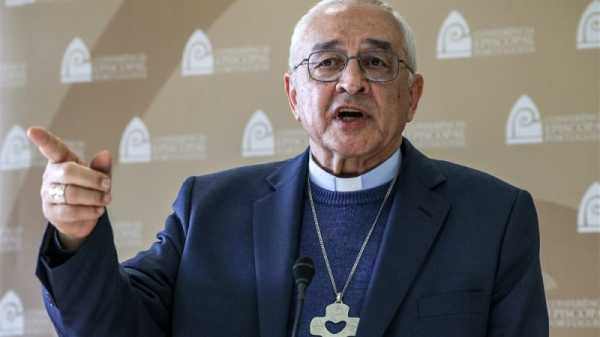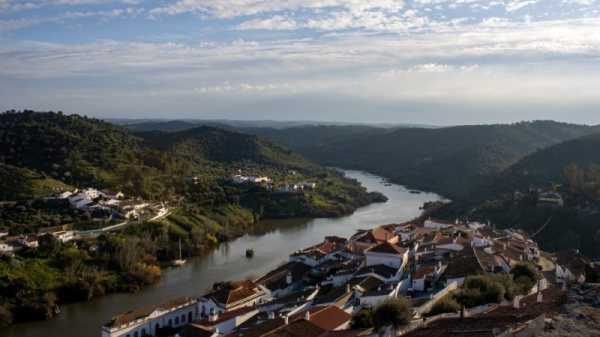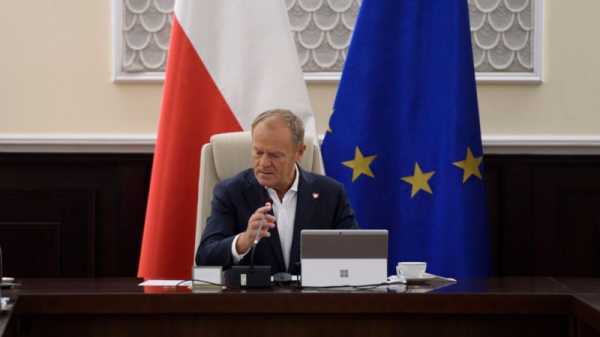
Each bishop must decide whether to dismiss Roman Catholic priests if allegations of abusing minors are brought against them, Episcopal Conference President José Ornelas said on Friday at a news conference.
“Each bishop has to see, in the light of Civil Law and Canon Law, what are the appropriate measures to take,” said Ornelas, after bishops’ all-day meeting in Fátima, dedicated exclusively to analysing the final report of the Independent Commission for the Study of Sexual Abuse of Children in the Catholic Church in Portugal, which was released on 13 February.
Ornelas, also the bishop of Leiria-Fatima, explained that the commission had handed over the lists of alleged abusers “in a secret envelope” to each diocese. He stressed that all that was delivered was “a list of names” without further information.
“First, it is necessary to know who they are,” he said, noting that in some cases, only a first name was provided. “As for the process to follow, we follow the civil and canonical norms.”
In the case of serving clerics, “the norms say that if there is a plausibility of endangering contact with other persons and the persistence of possible offences,” after which they may then be subject to a precautionary suspension, he said.
According to Ornelas, one of the bishops’ concerns was to ensure they receive “plausible names and descriptions” for them to investigate.
“I cannot remove a person from the ministry just because someone came along who said, ‘this gentleman abused someone’,” he said. “But who said it, in what place, where? To remove someone from the ministry is a serious thing.”
When questioned about the possible cover-up of abuses, Ornelas reiterated that the episcopal conference does not agree with such actions, nor does it accept accusations of a cover-up without any evidence.
“We do not condone such situations, but neither do we embark on any accusation of cover-up. This is not a defence strategy or anything else for that matter,” he said, adding that “the conclusion is always the same. The very notion of cover-up in Portuguese law is difficult to define.”
Ornelas confirmed that the plan was to set up a new, permanent body to continue the work done so far by the independent commission, though it would directly communicate “with the national coordination” of the existing diocesan commissions on abuse.
At the same time, the Portuguese Episcopal Conference also announced that it would make a public gesture of apology to sexual abuse victims of the Church when it holds its next plenary assembly in April in Fátima.
After the meeting on the report of the Independent Commission for the study of Sexual Abuse of Minors in the Catholic Church in Portugal, which was presented on 13 February, the Portuguese Episcopal Conference (CEP) also reaffirmed the bishops’ “firm resolve to do everything possible so that the abuses will not be repeated.
“As a visible sign of this commitment, a memorial will be held during World Youth Day and perpetuated, afterwards, in a space outside the Portuguese Bishops’ Conference,” add the bishops in a statement that was read out by the CEP’s secretary at the end of the meeting.
Without announcing major concrete measures to deal with the abuses, the CEP statement says that “the process of reflection and discernment that has begun will continue, particularly in the next meeting of the Permanent Council and Plenary Assembly” in April.
The Independent Commission for the Study of Sexual Abuse of Children in the Catholic Church validated 512 of the 564 testimonies it received in its year of operation, from which it extrapolated a minimum number of victims of 4,815 since 1950.
Twenty-five cases were passed on to public prosecutors, prompting the formal opening of 15 criminal inquiries, of which nine have already been shelved, and six remain under investigation.
All the testimony registered by the commission related to alleged abuse between 1950 and 2022, the period covered by its work.
(João Luís Gomes, Silvia Reis | Lusa.pt)
Source: euractiv.com



